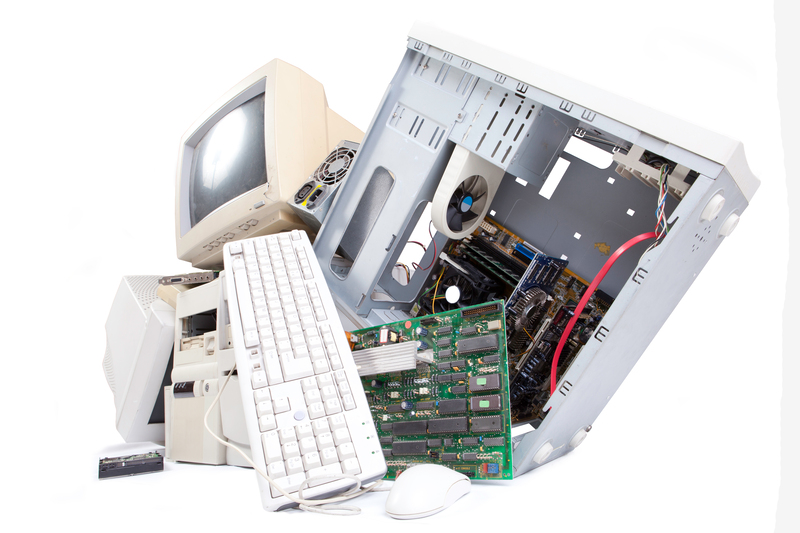Key Insights into the World of Glass Recycling Today
In today's world, glass recycling has emerged as a critical component of sustainable waste management practices. As environmental concerns rise, industries and individuals alike are increasingly turning to glass recycling to reduce waste, conserve resources, and minimize the ecological footprint. This article delves deep into the current state of glass reuse and the various aspects that make it a pivotal part of modern eco-friendly solutions.
The Importance of Glass Recycling
Glass is 100% recyclable, which means it can be recycled endlessly without any loss in quality or purity. This characteristic makes glass recycling not only environmentally beneficial but also economically viable. Here are some key reasons why recycling glass is crucial:
- Energy Conservation: Recycling glass significantly reduces the energy required to produce new glass. It saves up to 30% of the energy compared to manufacturing new glass from raw materials.
- Reduction in Raw Material Usage: It minimizes the need to extract and process raw materials like sand, soda ash, and limestone, hence conserving the earth's resources.
- Decrease in Landfill Waste: By recycling glass, we reduce the volume of waste sent to landfills, extending the longevity of these facilities and lessening the environmental impact.
The Process of Glass Recycling
The process of recycling glass involves several steps to ensure that the material is ready for reuse in various industrial applications. Here's a comprehensive look at the glass recycling process:
- Collection: Glass waste is collected through curbside collection programs, bottle banks, and recycling centers.
- Sorting: Post-collection, the glass is sorted by color. This is crucial since the color of the recycled cullet (crushed glass) affects the color of the new glass products.
- Cleaning: The sorted glass is then cleaned to remove impurities, such as labels and adhesives, to ensure a high-quality recycled product.
- Crushing: Clean glass is crushed into cullet, a form that is easy to melt and reform.
- Melting and Reforming: The cullet is melted in furnaces and then shaped into new glass products such as bottles and jars.
Challenges in Glass Recycling
Despite its benefits, glass recycling faces several challenges that hinder its full potential:
- Contamination: Glass mixed with other materials, such as ceramics or metals, can contaminate the recycling stream, leading to inefficiencies.
- Transportation Costs: Glass is heavy and bulky, making it expensive to transport to recycling facilities.
- Market Demand: Fluctuating demand for recycled glass products can sometimes lead to an imbalance in the recycling supply chain.

Innovative Technologies in Glass Recycling
Innovation plays a crucial role in overcoming the challenges associated with glass recycling. Recent advancements include:
- Optical Sorting Technology: Modern sorting technology uses advanced sensors to efficiently sort different types and colors of glass, improving the purity and quality of recycled glass.
- Artificial Intelligence: AI and machine learning algorithms assist in the categorization and processing of recycled glass, optimizing the production cycle.
- Evolving Furnace Designs: New furnace technologies focus on energy efficiency and reduced emissions, making the glass recycling process more sustainable.
The Role of Individuals and Communities
While technological advancements are imperative, the commitment of individuals and communities is equally crucial in enhancing glass recycling efforts:
- Community Awareness: Educating the public about the importance of recycling glass can help improve participation rates.
- Waste Segregation at Source: Encouraging households to segregate glass waste correctly can significantly minimize contamination.
- Supporting Local Recycling Initiatives: Communities can collaborate with municipalities to set up local recycling stations and programs that make recycling more accessible.

The Global Impact of Glass Recycling
Efficient glass recycling practices have a profound global impact, helping to promote a sustainable future. In many countries, glass recycling is viewed as a strong pillar in the circular economy, where products are reused, remade, and recycled to minimize waste.
Countries leading in glass recycling efforts have managed to cut down on emissions, reduce raw material extraction, and stimulate green jobs. As more nations realize the environmental and economic benefits, they are implementing policies that support and strengthen their recycling infrastructure.
Conclusion
The future of glass recycling is bright, with the potential to significantly alter the landscape of sustainability. By addressing current challenges, fostering technological advancements, and encouraging community involvement, the world can pave the way for a cleaner, greener planet. The concerted efforts in recycling glass are pivotal in securing a sustainable future, showcasing the invaluable role of every piece of glass in our global ecosystem.
As environmental consciousness continues to rise, so does the imperative for effective and innovative glass recycling strategies that can help safeguard our planet for generations to come.